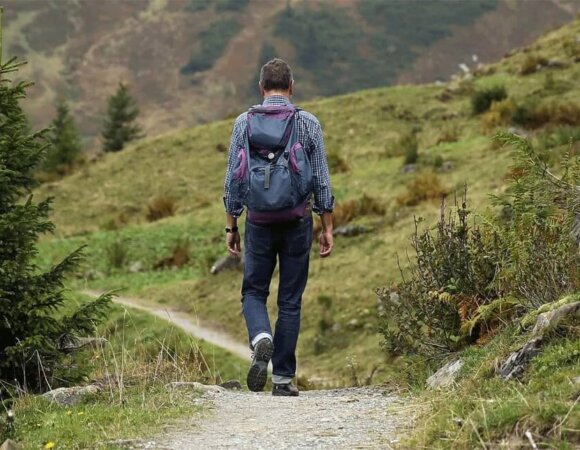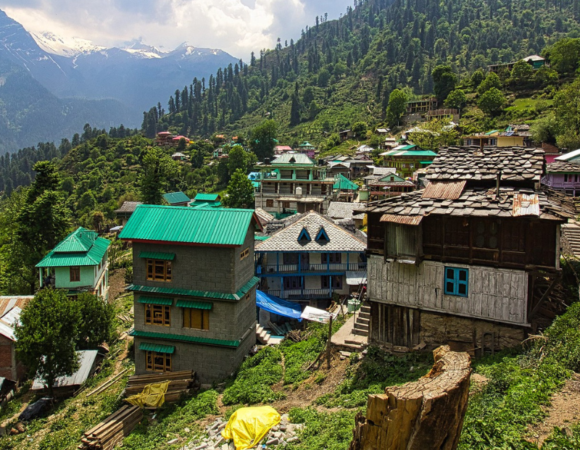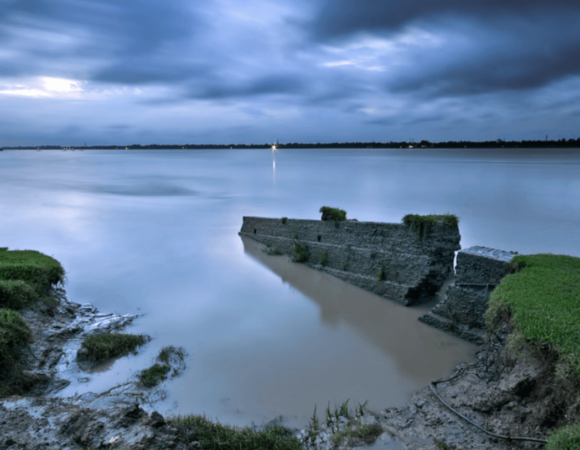A Step-by-Step Guide for Sustainable Camping
Sustainable camping means enjoying the outdoors while minimizing your impact on the environment. It’s about making choices that protect nature, conserve resources, and reduce waste. As responsible travelers, we must preserve natural spaces for future generations. By practicing sustainable camping, we contribute to conservation and responsible tourism.
Table of Contents
Toggle1.Planning Your Sustainable Camping Trip
When planning your next camping adventure, there are several easy steps you can take to ensure your trip is environmentally friendly. From selecting the right campsite to packing efficiently, small changes can have a big impact.
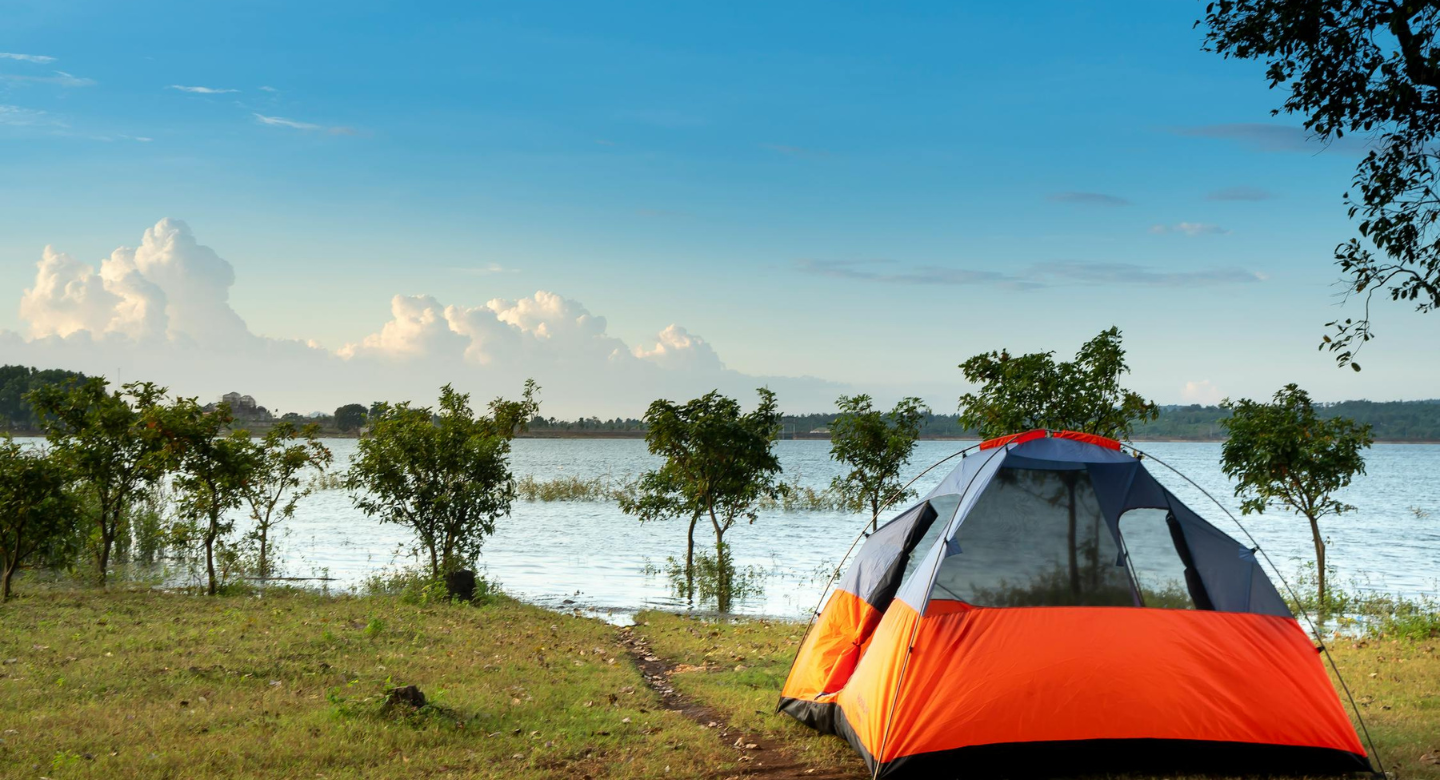
- Choose an Eco-Friendly Campsite
Start by choosing a campsite that promotes sustainability. Look for campsites with green certifications or those that support sustainability initiatives. These campsites often have practices that protect the local ecosystem and reduce waste.
Also, make sure your campsite follows the Leave No Trace principles. This means respecting nature, leaving your site as you found it, and taking all waste with you when you leave. By selecting eco-friendly campsites, you’re supporting businesses that prioritize environmental conservation.
- Pack Light and Smart
Packing efficiently is key to sustainable camping. Bring only what you need to reduce weight and waste. Choose reusable items like water bottles, food containers, and utensils instead of single-use plastics. You can also use biodegradable soap to avoid polluting the environment.
Consider multipurpose gear to minimize packing space and reduce waste. For example, a tent that doubles as a shelter and a sleeping area can save you from carrying extra equipment. The lighter your pack, the less impact you have on the environment.
- Plan a Sustainable Travel Route
How you get to your campsite matters too. When planning your trip, try to use public transportation, carpool with friends, or choose eco-friendly travel options like electric vehicles. These choices help reduce your carbon footprint.
Pick a destination close to home. This cuts down on fuel use and makes your trip more sustainable. Not only will you reduce emissions, but you’ll also get to enjoy more time outdoors rather than spending long hours traveling.
2.Eco-Friendly Camping Gear & Essentials
When it comes to gear, choosing eco-friendly options can make a big difference. By investing in sustainable camping gear, you’re supporting companies that prioritize the planet. Here’s how to make greener choices.

- Sustainable Tents and Sleeping Gear
Start with your tent. Look for eco-friendly options made from recycled materials. These tents are durable and help reduce waste by repurposing old materials.
For sleeping gear, choose sustainable sleeping bags and mats. Look for bags made from organic or recycled fabrics and mats made from natural materials. These choices help reduce the impact of camping on the environment.
- Environmentally Friendly Cooking Equipment
Cooking while camping doesn’t have to harm the planet. Use biodegradable utensils and reusable cookware to cut down on waste. Avoid disposable items like plastic cutlery or plates, which can pollute the environment.
When it comes to cooking, opt for solar-powered stoves or portable gas stoves instead of making open fires. Solar stoves use renewable energy from the sun, making them a perfect eco-friendly alternative.
- Sustainable Clothing & Hygiene Products
Your clothing and hygiene products can also be eco-friendly. Wear clothes made from durable, moisture-wicking, and sustainable fabrics like organic cotton, bamboo, or hemp. These materials are better for the environment and last longer.
For hygiene, use biodegradable soaps, shampoo bars, and reef-safe sunscreen. These products are gentle on nature, especially when washing near bodies of water. They won’t harm delicate ecosystems, like coral reefs, and are better for your skin too.
3.Responsible Camping Practices
Sustainable camping isn’t just about gear—it’s about the way we interact with nature. Here are some tips for responsible camping that protect the environment.

- Leave No Trace Principles
One of the most important aspects of sustainable camping is following Leave No Trace principles. This means packing out all your trash and waste. Never leave food scraps or trash behind, as they can harm wildlife and pollute the area.
Minimize the impact of campfires by using a stove instead of building an open fire. If you do use a fire, make sure to extinguish it and avoid damaging the landscape properly.
- Water Conservation Tips
Water is a precious resource, so make sure to conserve it while camping. Carry a refillable water bottle and consider using a portable water filtration system to reduce plastic waste.
When washing dishes or yourself, use water-saving techniques like using a small amount of soap and limiting the water you use. This helps preserve the natural water sources around your campsite.
- Ethical Wildlife Interaction
Respect wildlife by observing animals from a distance. Never feed animals, as this can alter their natural behavior and harm their health. Stick to designated trails to minimize your impact on their habitats. Avoid disturbing ecosystems by staying on the path and respecting nature’s boundaries.

- Sustainable Food Choices for Camping
What you eat and how you manage food waste while camping can make a big difference to the environment. Making sustainable food choices ensures you enjoy your meals while minimizing your impact on nature.
- Plan Zero-Waste Meals
Start by planning zero-waste meals. Pre-pack meals in reusable containers instead of single-use plastic bags. This helps reduce waste and keeps your food fresh without harming the environment.
Opt for local and organic food options whenever possible. Local food has a smaller carbon footprint, and organic produce avoids harmful pesticides that can affect wildlife and ecosystems. Plus, it’s a great way to support local farmers and businesses!
- Composting & Waste Management
When it comes to waste management, separate organic waste from non-biodegradable waste. Compost food scraps like fruit peels, vegetable ends, and coffee grounds to enrich the soil instead of throwing them away.
Use compostable bags for your food scraps to keep everything neat and clean. This helps ensure your waste breaks down naturally and doesn’t end up in a landfill.
4.Eco-Friendly Campfire Practices
Campfires are a favorite part of camping, but they can also harm the environment if not handled responsibly. Follow these tips to have an eco-friendly campfire experience.
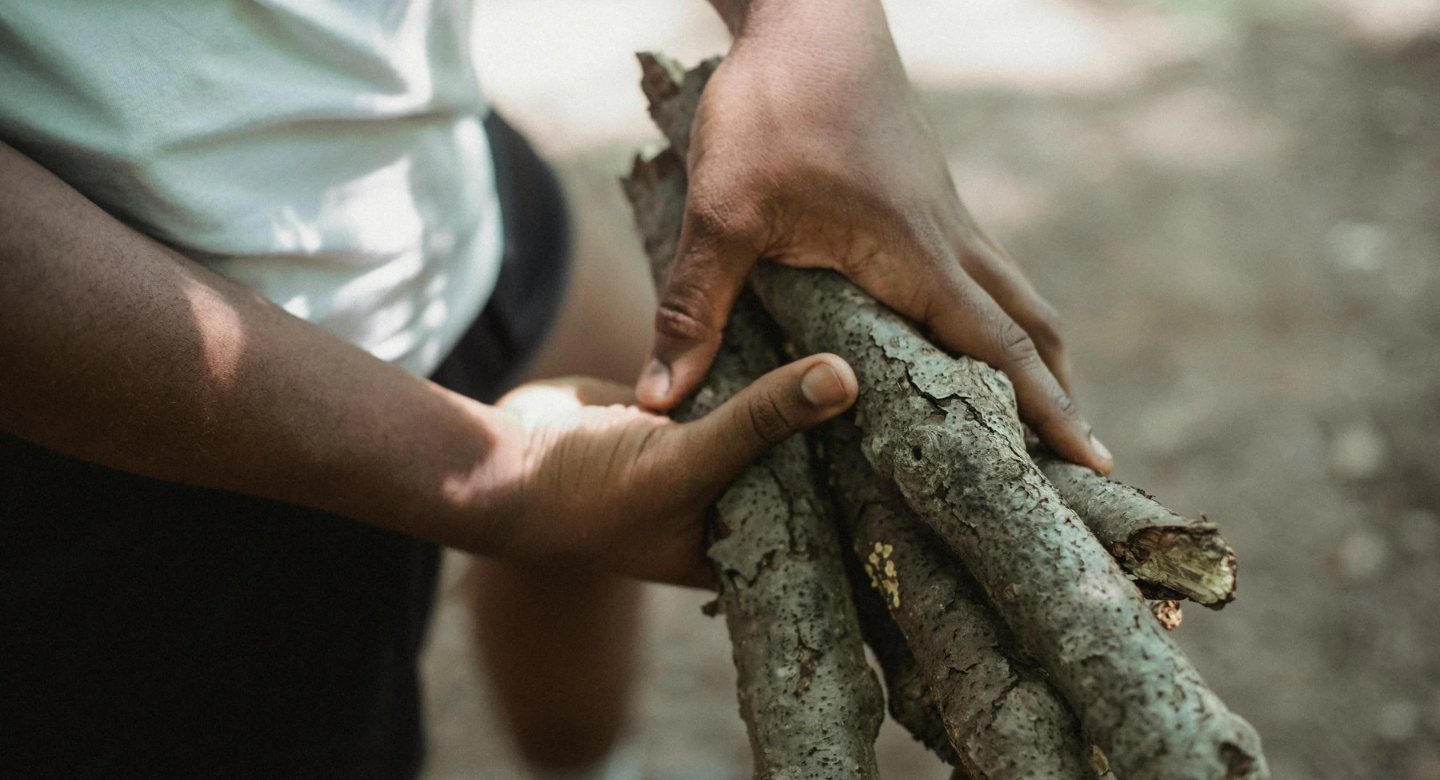
- Use Existing Fire Pits Instead of Making New Ones
To minimize your impact, always use existing fire pits or designated fire areas. Creating new fire pits can damage the ground and disturb local vegetation.
- Use Sustainable Firewood Sources or Alternatives
When it comes to firewood, choose sustainable sources. Avoid cutting down live trees or using wood from protected areas. If possible, buy firewood locally to avoid the carbon footprint of transporting it over long distances. Alternatively, consider eco-friendly fire starters or alternative fuels like compressed wood logs.
- Follow Fire Safety Rules to Prevent Wildfires
It’s essential to follow fire safety rules to prevent wildfires. Always fully extinguish your fire before leaving, and never leave a fire unattended. Make sure to follow local regulations on fire restrictions to protect both nature and the people around you.
5.Post-Camping Cleanup & Impact Reduction
The work isn’t over once your camping trip is finished. A responsible camper always cleans up after themselves to ensure the area is left in great condition.

- Leave the Campsite Cleaner Than You Found It
Leave the campsite cleaner than you found it. Pick up any trash, including small items like bottle caps or cigarette butts that could be easily overlooked. This helps preserve the area for the next visitors and protects wildlife from ingesting harmful materials.
- Dispose of Waste Responsibly
Dispose of all waste responsibly, using the correct trash bins or taking everything with you if there are no facilities available. Always recycle when possible and avoid leaving anything behind.
- Offset Your Trip’s Carbon Footprint
One way to offset your camping trip’s carbon footprint is by planting trees or supporting conservation projects. Planting trees helps absorb carbon emissions and contributes to reforestation efforts. Look for local environmental organizations or initiatives that align with your values, and contribute in ways that help the planet.
Conclusion
Sustainable camping is all about enjoying nature responsibly while minimizing your impact on the environment. From choosing eco-friendly campsites to packing smart and using sustainable gear, there are many simple ways to make your camping trips more environmentally friendly. By following responsible camping practices, managing waste properly, and making eco-conscious food choices, we can help preserve the beautiful outdoors for future generations.
We encourage you to adopt these sustainable camping habits on your next trip. Every small action contributes to protecting our planet. Let’s work together to make camping a more eco-friendly activity!
Frequently Asked Questions (FAQs) about A Step-by-Step Guide for Sustainable Camping
What is sustainable camping?
Sustainable camping involves enjoying nature while minimizing your impact on the environment. It focuses on eco-friendly practices such as reducing waste, conserving resources, and protecting wildlife.
Why is sustainable camping important?
Sustainable camping helps preserve natural spaces, reduce pollution, and ensure that future generations can enjoy the outdoors. It also promotes responsible tourism and the conservation of ecosystems.
How can I reduce waste while camping?
You can reduce waste by packing reusable items like water bottles, food containers, and utensils. Avoid single-use plastics and bring biodegradable or compostable products.
What should I look for in an eco-friendly campsite?
Choose campsites with green certifications, sustainability initiatives, and those that follow Leave No Trace principles. These campsites focus on environmental conservation and waste reduction.
How can I reduce my carbon footprint while camping?
Use eco-friendly transportation options like public transit, carpooling, or electric vehicles. Also, consider camping closer to home to reduce travel emissions.
What eco-friendly cooking gear should I use?
Opt for biodegradable utensils, reusable cookware, and a solar-powered or portable gas stove. These reduce waste and minimize your environmental impact while cooking outdoors.
How do I manage waste while camping?
Separate organic waste from non-biodegradable trash, use compostable bags for food scraps and pack out all your waste. Always dispose of trash properly and recycle when possible.
How can I minimize my impact on wildlife during camping?
Observe wildlife from a distance and avoid feeding animals. Stick to designated trails to protect natural habitats and avoid disturbing local ecosystems.
What should I do to have an eco-friendly campfire?
Use existing fire pits, choose sustainable firewood or alternatives, and always follow fire safety rules. This reduces damage to the environment and helps prevent wildfires.
How can I offset my carbon footprint from camping?
You can offset your carbon footprint by supporting environmental organizations, planting trees, or participating in reforestation projects. These actions help balance out the emissions from your trip.


